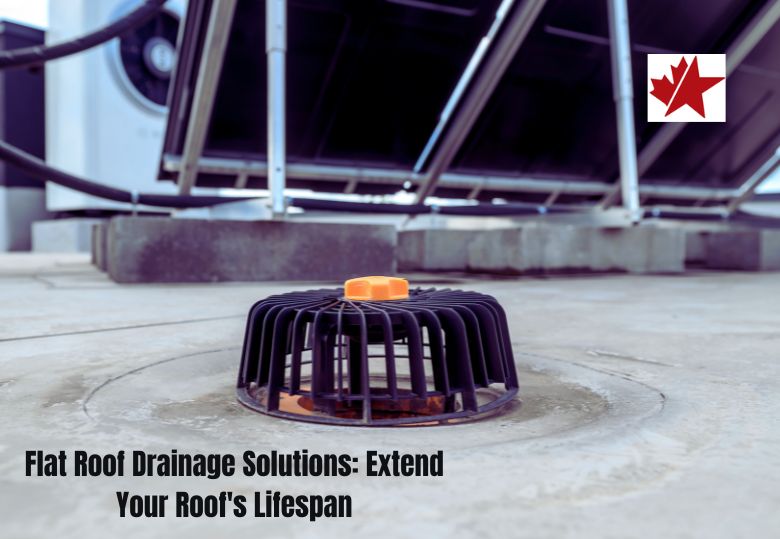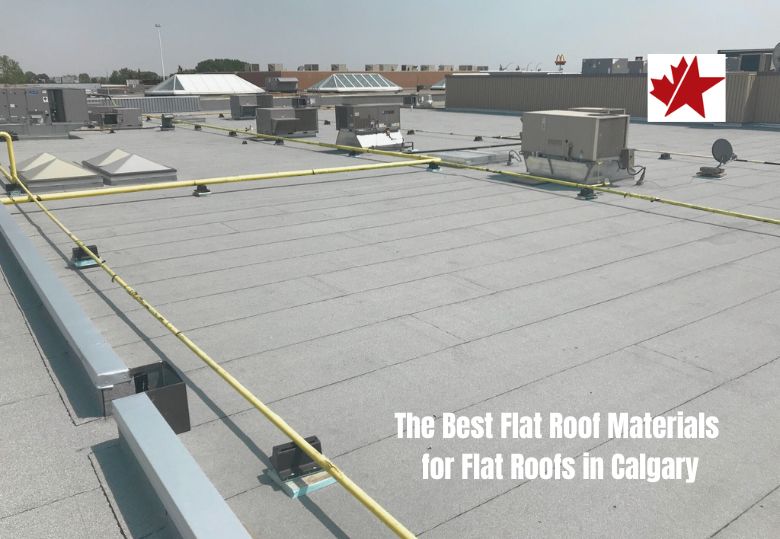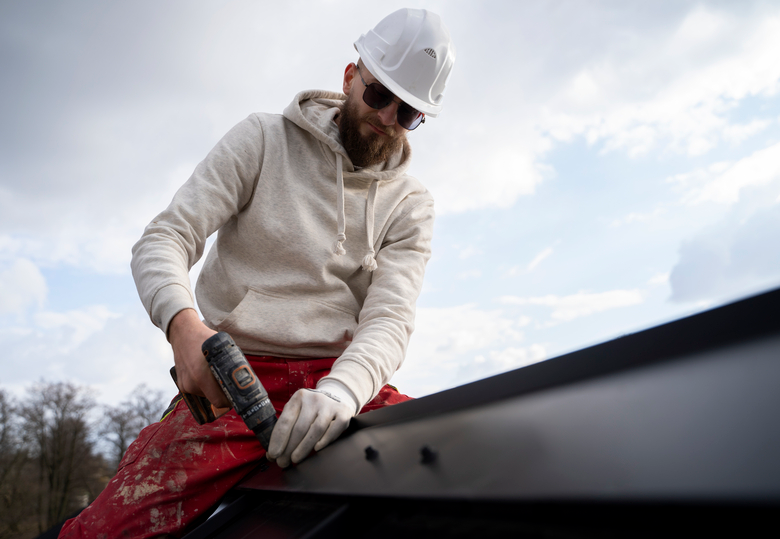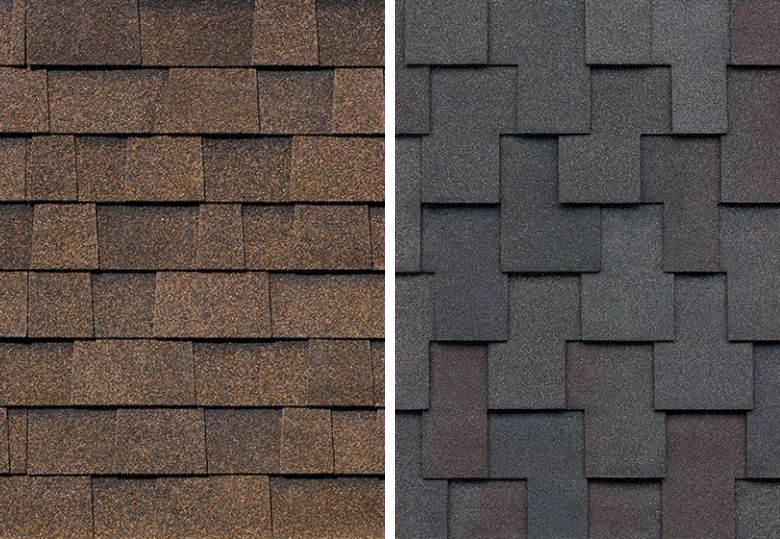Did you know? Calgary is the windiest large city in Canada. From chinooks to frigid winter weather, we see many windy days in Alberta. With that said, high wind can seriously damage your roof. After any major storm, it’s always a good idea to inspect the outside of your home. This includes siding, the soffit, fascia, gutters, and your roof. The following article will give tips on how to tell if the high wind has damaged your roof.
Inspecting Your Roof
After a storm with high wind, take a loop around your house. Wind can damage your roof by either force and speed or from flying debris. Look for any shingles or debris that could’ve fallen. Next, get on your roof only if you feel comfortable. If you believe it’s not safe to do so, call a professional. It’s always better to be extra safe and take all precautions.
Asphalt Shingles
Once on your roof, begin with the easiest step. Look for broken or missing shingles. At roughly 70kph, loose shingles can lift and fall off. In this case, check to see the extent of the damage. If there are only a few missing shingles, you can easily replace them. However, call a professional right away if you see large sections of the roof exposed. Without the shingle to protect it, your roof is now at risk of water damage.
Be sure to check the edges of your roof. The shingles along the edge are at the greatest risk of being torn off first. In addition, these shingles do a lot to protect your roof. If these are missing, it puts the rest at greater risk. Because shingles overlap when installed, high wind can take out multiple layers.
Flat Roof
Strong wind can cause something called wind uplift. This is when the wind gets under the roof material and pulls it up. If you have a flat roof, look for cracks, blisters, or wrinkles.
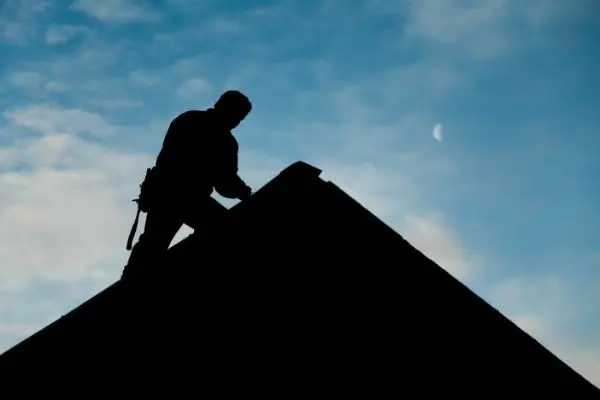
Flashing
Roof flashing protects your roof from water and is typically made of sheet metal or plastic. If you look around your chimney, skylight, dormer, or vents, you’ll find the flashing. Cracks can mean water could enter your roof. You should have your flashing repaired as soon as you find damage.
Gutters
When inspecting the gutters, take a look at what’s inside them as well. High wind or flying debris can weaken the structure. Inspect for pieces of shingles, branches, or other debris that could’ve fallen into the gutter during the storm. Anything blocking the gutter can lead to extensive water damage. It’s a good idea to clean your gutters twice a year.
If you don’t already have gutter guards, consider having them installed. These panels have small holes for water but will help block out any larger debris. This will reduce the risk of your gutters getting clogged and keep maintenance low.
Soffit & Fascia
Although shingles play an integral role in a safe roof, your inspection shouldn’t stop there. Next, inspect the soffit and fascia.
If you look up at your roof, you’ll see an overhang between the roof and the walls of your house. This is the soffit. They’ll either look like a solid panel or with many small holes, meaning it’s vented. Because it’s hidden, high wind typically won’t directly cause damage. However, ice dams or water damage can weaken them and eventually lead to poor ventilation.
Fascia boards are the outer panels that help secure the soffit and gutters. They help keep the gutters up, meaning it’s important they are in good condition.
Inspect Inside
Inspecting inside your home is just as important. If it’s been some time since a major storm, check your attic for water damage. The ceiling may have water stains, which is one way to find a leaky roof.
Mould is another thing to look out for. An unpleasant smell or dark spots in the attic is a sign of concern. Not only will mould weaken your roof, but it can also be dangerous to your health.
Best Roofing Material Against High Wind
Lastly, let’s talk about how to best protect your home from high wind. Out of the roofing material available, metal roofs have the highest wind resistance. Although more expensive than traditional asphalt shingles, metal roofs will last up to 100 years!
As mentioned earlier, seamless gutters will also help protect your home. Aluminum or galvanized steel are both great options to consider.
For flashing, copper, aluminum, and steel are all durable. Roof flashing generally lasts about as long as your roof. Therefore, if getting a roof replacement is on your mind, they will replace the flashing then.
Professional Roofing
Although minor roof repairs can be a weekend project, only do so if you’re confident. For larger repair jobs like several shingle replacements, have a professional do the job. They can also inspect your roof to detect any missed areas that could be causes for concern.
Snowstorms and ice dams can seriously damage your roof throughout the winter. It’s best to have roof repairs complete before winter arrives. Lastly, there might be several areas that need repairs. If the damage is extensive, a roof replacement could also be an option. Your roofer can give you plenty of options and help to come up with a plan that best fits you.


